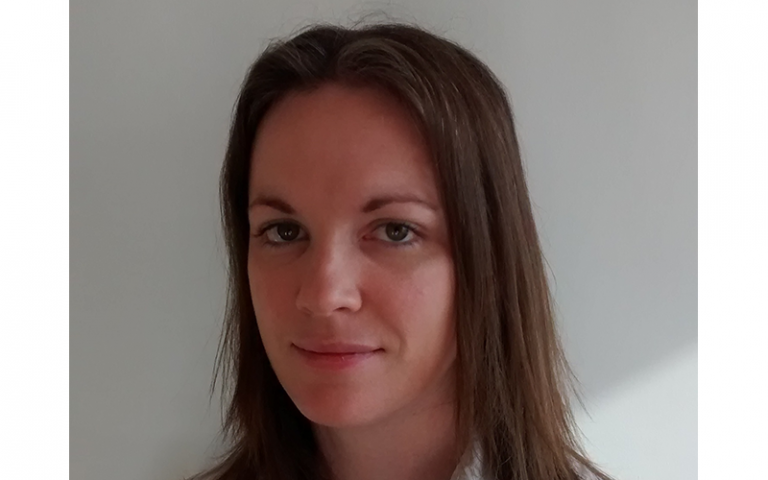Meet the expert: Professor Martina Callaghan

What attracted you to the area of neuroimaging and why is it important?
The intriguing capacity to non-invasively look inside the human body attracted me to imaging in the first instance. My interest in neuroimaging in particular was motivated by a fascination for understanding how the brain does or doesn’t support us in going about our daily lives.
Can you tell us about your current research?
My current research focuses on developing methodologies across the entire neuroimaging chain (data acquisition, image construction, biophysical modelling) for deployment in diverse neuroscience research.
We installed a very sensitive 7 Tesla MRI scanner in 2019. Since then, much of my development work has been conducted on this system, and then translated down to our 3 Tesla MRI scanners.
One focus is on very high resolution functional MRI acquisitions. These enable researchers to resolve brain function across different cortical layers so that we can differentiate between feedforward and feedback message passing and better understand the cortical microcircuitry of the human brain. Acquiring high quality data at such a fine resolution is both very challenging and very rewarding.
Another focus is on making measurements of brain microstructure that more closely capture the underlying neurobiology. For example, making measurements that more closely reflect the underlying myeloarchitecture or cytoarchtiecture of the brain.
What aspect of your work most excites you and why?
It is most exciting to work in a dynamic environment where researchers are eager to push the boundaries by adopting new technologies or devising new computational approaches that advance our understanding of how the human brain supports us in living our lives, or sometimes fails to do so.
What would you say to someone who is considering whether to study neuroimaging at UCL?
UCL is an excellent place to study neuroimaging. It has world-leading facilities across the Faculty of Brain Sciences, including MRI scanners at a range of different field strengths: 1.5 Tesla, 3 Tesla and 7 Tesla, and magnetoencephalography (MEG).
Excitingly, our Department is pioneering a new wearable imaging technology based on optically-pumped magnetometers (OPMs) that can be used to measure functional responses with high temporal and spatial resolution from the brain and spinal cord while people move around. This new technology means that people can behave much more naturally during our experiments than in conventional neuroimaging approaches.
The extensive infrastructure at UCL is coupled with internationally-renowned expertise in computational modelling, cognitive neuroscience, neurology and mental health, making UCL a very exciting place to study neuroscience and neuroimaging.
What’s the best advice you would give your younger self?
Perhaps to always keep a motto I gleaned from a New York lift in mind: “Things work out best for those who make the best of how things work out.”
 Close
Close

